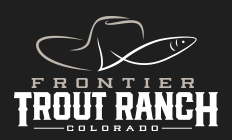San Luis Valley
The San Luis Valley in southern Colorado is an 8,200-square-mile expanse of farmland speckled with potato, alfalfa, barley, and quinoa fields between the high mountains of the San Juans to the west and Sangre de Cristos to the east. It is the world’s largest alpine valley and has an average altitude of 7,500 feet. The Valley’s rich soil contains unique mineral deposits, as the Valley was an ancient lake bed and minerals are continuously deposited there from the numerous mountain rivers. The barley grown in the San Luis Valley is a main supplier for the brewing industry and in 1982, quinoa was successfully grown for the first time outside of South America in the San Luis Valley, with commercial growth of the crop starting in 1987. There are 50,000 acres of potato production within the Valley, representing more than 100 varieties of potatoes and making it the second largest fresh potatoes region in the United States. Additionally, half of the carrots grown in Colorado are farmed in the San Luis Valley.
Though the San Luis Valley is technically a high desert due to its receiving only about 7 inches of rain per year, agriculture is able to thrive due to the land sitting above the second largest aquifer in the United States. The aquifer is punctured by more than 6,000 wells that pump water onto the Valley’s crops and supports the livelihoods of its 46,000 residents. The aquifer also supplies the water for the Frontier Trout Ranch.

